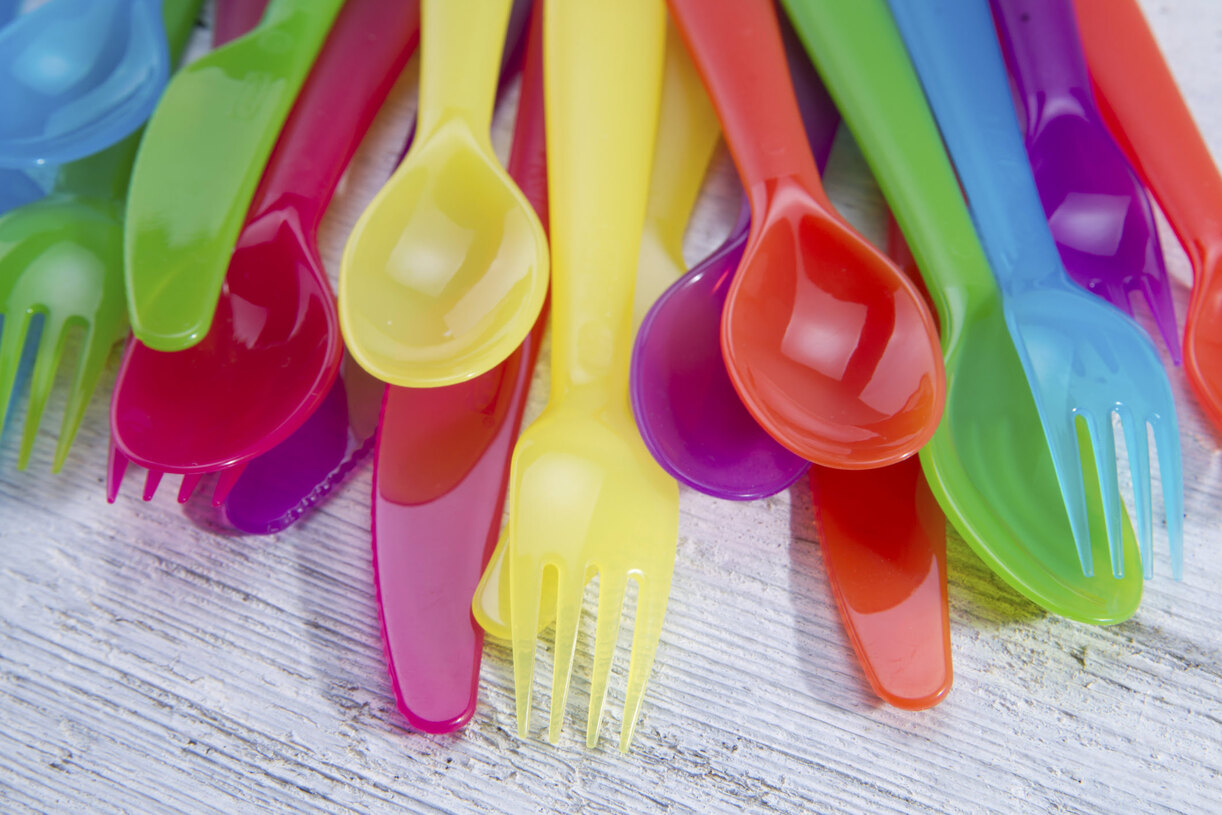

Articles
How To Store Plastic Utensils
Modified: January 19, 2024
Learn how to properly store plastic utensils in this informative article. Find out the best methods to keep them organized and protected for future use.
(Many of the links in this article redirect to a specific reviewed product. Your purchase of these products through affiliate links helps to generate commission for Storables.com, at no extra cost. Learn more)
Introduction
Welcome to this guide on how to store plastic utensils! Plastic utensils are often a convenient and cost-effective choice for everyday use. From disposable cutlery to reusable food storage containers, plastic utensils play a crucial role in our daily lives. However, finding a proper storage solution for these items can be a challenge.
By understanding the need for proper storage and implementing effective organizational strategies, you can ensure that your plastic utensils are readily accessible, well-maintained, and clutter-free. In this article, we will explore various methods and tips for storing plastic utensils in a way that is practical, space-saving, and visually pleasing.
Whether you are looking to store plastic utensils in a home kitchen, a small apartment, or even for outdoor or travel use, this guide has got you covered. So, let’s dive in and discover the best practices for storing plastic utensils!
Key Takeaways:
- Proper storage of plastic utensils is essential for maintaining their quality, cleanliness, and accessibility. Implementing effective storage strategies ensures well-organized and easily accessible utensils, contributing to a clutter-free and enjoyable kitchen environment.
- Whether storing plastic utensils in a drawer, cabinet, utensil holder, or for outdoor use, proper organization, regular maintenance, and attention to detail are key. Consistent maintenance and periodic decluttering enhance the functionality of the storage system and contribute to a more pleasant and efficient cooking experience.
Read more: How To Store Cooking Utensils
Understanding the Need for Proper Storage
Proper storage of plastic utensils is essential to maintain their quality, cleanliness, and functionality. When plastic utensils are not stored correctly, they can become damaged, dirty, or even lost. Here are a few reasons why proper storage is crucial:
- Prolonged Lifespan: By storing plastic utensils properly, you can extend their lifespan and prevent premature wear and tear. This is especially important for reusable plastic utensils that you want to last for a long time.
- Hygiene and cleanliness: Storing plastic utensils in a hygienic manner ensures that they remain clean and free from contaminants. This is essential for utensils used to handle food as improper storage can lead to the spread of bacteria and other harmful microorganisms.
- Ease of Access: Properly organized storage allows you to easily locate and access the plastic utensils you need. This saves you time and effort when cooking, serving meals, or packing for a trip.
- Space Optimization: With proper storage, you can make the most out of your available space. This is particularly important in small kitchens or when storing utensils for travel, where every inch of space counts.
By recognizing the importance of proper storage, you can ensure that your plastic utensils remain in good condition, are readily available, and contribute to a clean and organized kitchen or pantry.
Clearing and Cleaning Plastic Utensils
Before storing plastic utensils, it is crucial to ensure that they are cleared of any food residue and thoroughly cleaned. Here are some steps to follow for clearing and cleaning plastic utensils:
- Remove Excess Food: Use a napkin, paper towel, or gentle scraping tool to remove any remaining food particles from the utensils.
- Pre-Soak: If the utensils have stubborn food stains, consider soaking them in warm soapy water for a few minutes. This will help loosen the residues, making them easier to clean.
- Hand Wash: Plastic utensils are generally not suitable for the dishwasher, as high temperatures and harsh detergents can damage them. Instead, hand wash the utensils with mild dish soap and warm water. Use a soft sponge or dishcloth to gently scrub away any remaining food particles and stains.
- Rinse: Thoroughly rinse the utensils with clean water to remove all soap residue.
- Dry Completely: Ensure that the utensils are completely dry before storing them to prevent moisture buildup and the growth of mold or bacteria. You can air dry them or use a clean towel to pat them dry.
By following these steps, you can ensure that your plastic utensils are clean and ready for storage. It is important to note that some plastic utensils, such as disposable cutlery, may not be designed for extensive cleaning and reuse. In such cases, always refer to the manufacturer’s instructions for proper disposal or recycling.
Choosing the Right Storage Containers
When it comes to storing plastic utensils, selecting the right storage containers is crucial for maintaining their quality and organization. Here are some factors to consider when choosing storage containers for your plastic utensils:
- Durability: Opt for storage containers that are made of high-quality materials such as BPA-free plastic or glass. They should be sturdy enough to withstand regular use and protect the utensils from damage.
- Size and Capacity: Consider the size and capacity of the storage containers based on the number of utensils you need to store. Ensure that they are spacious enough to accommodate the utensils without overcrowding.
- Compartments or Dividers: Look for containers with built-in compartments or dividers to separate different types of utensils. This helps to keep them organized and prevents them from getting tangled or damaged.
- Airtight or Sealed: For storing plastic utensils in a pantry or for outdoor use, choose containers with airtight or sealed lids. This helps to keep the utensils clean, protected, and safe from dust, moisture, and pests.
- Stackable or Nesting: If space is limited, consider storage containers that are stackable or nesting, allowing you to maximize vertical storage and save space.
- Transparency: Opt for containers with clear or transparent sides so that you can easily see the contents without having to open each container.
- Portable and Travel-Friendly: When storing plastic utensils for outdoor use or travel, choose containers that are lightweight, compact, and easy to carry.
There are various types of storage containers available, such as drawer organizers, utensil holders, plastic bins, storage boxes, and even mason jars. Consider your specific needs, available space, and personal preferences when selecting the most suitable storage containers for your plastic utensils.
Remember, the goal is to keep the utensils organized, protected, and easily accessible, so choose containers that align with these priorities. With the right storage containers, you can maintain a clutter-free and functional storage system for your plastic utensils.
Organizing Plastic Utensils by Type
Organizing your plastic utensils by type is a practical and efficient way to ensure quick and easy access to the utensils you need. Here are some tips for organizing plastic utensils based on their type:
- Cutlery: Separate plastic forks, knives, and spoons into individual compartments or dividers. This will prevent them from getting tangled and make it easier to grab the specific utensil you need.
- Straws and Stirrers: If you frequently use plastic straws and stirrers, keep them in a separate container or compartment. Use a tall cup or jar to store them upright, making them easily accessible and preventing bending or damage.
- Measuring Spoons and Cups: Store plastic measuring spoons and cups together in a sealed container or attach them with a ring or clip to keep them organized and prevent loss.
- Serving Utensils: Group plastic serving spoons, tongs, and spatulas together in a designated storage container or divider. This will ensure they are readily available for serving meals or cooking.
- Kitchen Gadgets: If you have plastic gadgets such as peelers, graters, or can openers, keep them in a separate compartment or drawer organizer. This will prevent them from getting mixed up with other utensils and make them easier to find when needed.
- Food Storage Containers: For plastic food storage containers, consider storing them stacked with their matching lids. Keep them in a designated cabinet or drawer to prevent them from taking up valuable counter space.
By organizing your plastic utensils by type, you can create a system that makes it effortless to locate the specific utensil you need. This not only saves time but also contributes to a more efficient and enjoyable cooking experience.
Remember to label the containers or use clear compartments for easy identification of the different types of utensils. Maintaining consistency and regularly reorganizing as needed will help ensure that your plastic utensils remain well-organized and easily accessible.
Read more: How To Store Plastic Lids
Tips for Maximizing Storage Space
When it comes to storing plastic utensils, maximizing storage space is essential, especially in small kitchens or limited storage areas. Here are some tips to make the most out of your storage space:
- Utilize Drawer Dividers: In drawers, use dividers to separate and organize different types of utensils. This helps to maximize the vertical space and prevent items from shifting or getting tangled together.
- Opt for Stackable Containers: Choose stackable storage containers that allow you to utilize vertical space efficiently. Stack similar-sized containers on top of each other to save surface area.
- Hang Utensils: Make use of wall space by installing hooks or a hanging rail to hang lightweight plastic utensils such as measuring spoons or spatulas. This frees up drawer or counter space and keeps them easily accessible.
- Use Over-the-Door Organizers: Install over-the-door organizers with pockets to store plastic utensils, especially for items like straws, stirrers, or cutlery. This utilizes the vertical space on the back of cabinet or pantry doors.
- Utilize the Cabinet Doors: Attach small adhesive hooks or magnetic strips on the inside of cabinet doors to hang lightweight utensils like measuring cups or can openers. This makes use of unused space and keeps them within reach.
- Consider Nested Storage: For plastic food storage containers, choose nesting sets that can be stacked inside each other to save space. Make sure to keep their lids together and stack them neatly.
- Label and Sort: Label your storage containers and shelves to ensure easy identification of different types of plastic utensils. Sort utensils by type or function, making it easier to find what you need.
- Utilize Wall-Mounted Racks: Install wall-mounted racks or magnetic strips to store metal utensils, such as knives or ladles. This keeps them organized, easily accessible, and saves drawer space.
- Use Under Cabinet Space: Install hooks or a magnetic strip under your cabinets to hang lightweight plastic utensils that you use frequently. This allows you to free up drawer or counter space.
- Purge and Declutter: Regularly assess your plastic utensils and declutter any items that are damaged, no longer needed, or seldom used. This helps to create more empty space and keeps only the essentials.
Implementing these tips will help you optimize your storage space and create a clutter-free environment for your plastic utensils. Remember, an organized and efficient storage system not only makes it easier to find what you need but also contributes to a more enjoyable cooking and meal preparation experience.
To store plastic utensils, consider using a drawer organizer to keep them separated and easily accessible. This will help prevent them from getting tangled or damaged.
Proper Labeling and Identification
Labeling and proper identification of your stored plastic utensils can greatly enhance the organization and accessibility of your storage system. Here are some tips for labeling and identifying your plastic utensils:
- Clear and Visible Labels: Use clear and visible labels on your storage containers, drawers, or shelves to indicate the contents of each. This helps you quickly locate the utensil you need without having to open multiple containers.
- Categorize by Type: Label your storage containers or compartments according to the type of plastic utensils they hold. For example, label one container as “Cutlery” and another as “Straws and Stirrers.” This makes it easy to find the specific utensil category you are looking for.
- Use Color-Coding: Assign different colors to different types of plastic utensils. For instance, you can use blue labels for cutlery, green for measuring utensils, and red for serving utensils. Color-coding enhances visual organization and makes identifying utensils even easier.
- Date and Rotate: If you have disposable plastic utensils or food storage containers, consider labeling them with the date of purchase or expiry. This ensures that you use them in a timely manner and prevents the buildup of expired or unnecessarily stored items.
- Attach Labels to Individual Utensils: For easy identification, you can attach small labels or stickers to individual plastic utensils. This is particularly useful when storing items like measuring spoons or spatulas, as it eliminates the need to search through multiple containers.
- Keep Labels Updated: Regularly review and update your labels as needed. If you rearrange your storage system or introduce new utensils, ensure that the labels remain accurate and reflect the current organization.
- Include Assembly Instructions: If you have plastic utensils that require assembly or specific handling instructions, consider including these details on the label. This helps to ensure that the utensils are used appropriately and reduces the risk of damage or misuse.
- Consider a Label Maker: Investing in a label maker can provide a professional and consistent labeling system for your plastic utensils. It allows you to create clear, customized labels that are easy to read and adhere well to containers.
By implementing proper labeling and identification strategies, you can create a well-organized and easily navigable storage system for your plastic utensils. With just a glance, you’ll be able to find the right utensil for any cooking or dining situation, saving time and increasing efficiency in the kitchen.
Storing Plastic Utensils in a Drawer
A drawer is a common and convenient storage space for plastic utensils in the kitchen. Here are some tips to help you store plastic utensils effectively in a drawer:
- Drawer Organizer: Invest in a drawer organizer specifically designed for utensils. These organizers have multiple compartments that allow you to separate different types of plastic utensils and keep them well-organized.
- Sort by Type: Arrange the utensils in the drawer organizer based on their type. Place forks in one section, knives in another, and spoons in a separate section. This makes it easy to find the specific utensil you need.
- Stacking: To save space, you can stack plastic utensils like spoons or forks on top of each other. Ensure that they are clean and dry to prevent any contamination or damage.
- Orientation: Consider placing the utensils with their handles facing outward. This not only allows for easy grasping but also keeps the utensils aligned and prevents them from getting tangled.
- Label the Sections: Label each section of the drawer organizer to indicate the type of utensils it contains. This helps you quickly find the specific utensil you need and maintain an organized drawer.
- Secure Utensils: To prevent utensils from sliding around and creating a mess in the drawer, you can use small adhesive hooks or rubber bands to secure them in place. This ensures that the utensils stay in their designated sections.
- Consider Drawer Liners: Place a non-slip drawer liner at the bottom of the drawer to provide stability and prevent utensils from shifting around. This also makes it easier to clean the drawer if any spills or crumbs occur.
- Keep Other Items Separate: If you have other items like kitchen gadgets or small appliances in the same drawer, it’s important to keep them separated from the plastic utensils. Use dividers or separate containers to maintain an organized storage system.
- Regular Maintenance: Regularly declutter and clean your utensil drawer to keep it organized. Remove any broken or damaged utensils, wipe down the drawer organizer, and ensure that everything is in its designated place.
Storing plastic utensils in a drawer not only keeps them easily accessible but also helps to declutter your countertop and maintain a tidy kitchen. By following these tips, you can create an organized and efficient storage system that simplifies your cooking and meal preparation process.
Storing Plastic Utensils in a Cabinet or Pantry
If you have limited drawer space or prefer to keep your utensils hidden from view, storing plastic utensils in a cabinet or pantry can be an excellent option. Here are some tips to help you store plastic utensils effectively in a cabinet or pantry:
- Dedicated Shelf or Section: Assign a specific shelf or section of your cabinet or pantry solely for storing plastic utensils. This ensures that they have their designated space and are easily accessible.
- Use Dividers or Bins: Utilize dividers or small storage bins to create compartments within the cabinet or pantry shelf. This helps to keep different types of utensils separate and organized.
- Group Similar Utensils: Arrange plastic utensils with similar functions or shapes together. For example, group all spoons together, forks together, and knives together. This makes it faster to find specific utensils when needed.
- Consider Plastic or Wire Shelf Organizers: Use plastic or wire shelf organizers to create additional layers or tiers within the cabinet or pantry. This effectively maximizes vertical space and provides more storage options.
- Utilize Door Space: If your cabinet or pantry has doors, take advantage of the door space by installing adhesive hooks or an over-the-door organizer. Hang lightweight utensils like measuring spoons or straws for easy access.
- Label Storage Containers: If you store plastic utensils in containers or bins, label them to indicate the contents. This allows quick identification and ensures that everything is returned to its rightful place after use.
- Consider Stackable Storage Solutions: Opt for stackable storage containers for plastic utensils that can be easily stacked one on top of the other. This helps to save space and keeps the utensils neatly organized.
- Keep Frequently Used Utensils Within Reach: Place the utensils you use most frequently within easy reach. This ensures that you can quickly grab the utensils you need without having to search through the entire cabinet or pantry.
- Regularly Declutter: Periodically go through your plastic utensils and declutter any damaged or unnecessary items. This helps to keep your storage space organized and prevents overcrowding.
Storing plastic utensils in a cabinet or pantry keeps your kitchen clutter-free while still providing easy access to the utensils you need. By following these tips, you can create a well-organized storage system that keeps your plastic utensils neatly tucked away but readily available when it’s time to cook or serve a meal.
Read more: How To Store Plastic Bags
Storing Plastic Utensils in a Utensil Holder
A utensil holder is a practical and efficient way to store plastic utensils while keeping them easily accessible on your countertop or kitchen island. Here are some tips to help you store plastic utensils effectively in a utensil holder:
- Select a Suitable Utensil Holder: Choose a utensil holder that is large enough to accommodate your plastic utensils without overcrowding. Consider the height, width, and the number of compartments or slots available.
- Separate Utensils by Type: Organize plastic utensils in the holder by sorting them according to their type. Keep forks together, knives together, and spoons together. This allows for easy identification and quick access when needed.
- Consider Compartments or Dividers: Look for utensil holders with built-in compartments or dividers to keep different types of utensils separated. This helps to prevent tangling and keeps the utensils organized.
- Arrange Utensils Vertically: Place plastic utensils in the holder with their handles facing downward. This makes it easier to grab a utensil, and it keeps them neatly aligned and visible.
- Utilize Additional Slots or Pockets: If your utensil holder has additional slots or pockets, use them to store other small kitchen tools or gadgets. This helps to free up drawer space and keeps everything you need within reach.
- Clean and Dry Utensils: Ensure that the plastic utensils are clean, dry, and free from any food debris before placing them in the utensil holder. This helps to maintain hygiene and prevents the utensil holder from getting dirty.
- Keep Frequently Used Utensils at the Front: Arrange the utensils in the holder so that the ones you use most frequently are easily accessible at the front. This saves time when reaching for the utensils you need on a daily basis.
- Regular Maintenance: Clean the utensil holder regularly to prevent any bacteria or food residue buildup. Wipe it down with a damp cloth or wash it if it’s dishwasher-safe.
Using a utensil holder to store plastic utensils not only keeps them organized but also adds a decorative element to your kitchen. By following these tips, you can create a functional and visually appealing storage solution that keeps your plastic utensils within arm’s reach whenever you need them.
Storing Plastic Utensils for Outdoor or Travel Use
When it comes to outdoor activities or travel, storing plastic utensils in a convenient and organized manner is essential. Here are some tips for storing plastic utensils for outdoor or travel use:
- Choose a Portable Storage Solution: Opt for a compact and lightweight storage container specifically designed for travel or outdoor use. Look for containers that have compartments or dividers to keep the utensils separated and organized.
- Consider Utensil Sets: Invest in utensil sets specifically designed for camping or travel. These sets often come with a compact storage case that keeps the utensils secure and protected during transportation.
- Go for Reusable Cutlery: Instead of using disposable plastic cutlery, consider reusable options made of durable materials such as stainless steel or bamboo. These can be stored in a reusable pouch or case for convenience.
- Wrap Utensils in a Napkin: If you prefer a DIY approach, wrap your plastic utensils in a cloth napkin or reusable silicone wrap. This not only keeps them organized but also reduces the risk of them getting damaged during transport.
- Use Resealable Bags: Place plastic utensils in resealable bags to keep them clean and separate from other items in your travel bag or picnic basket. This helps to prevent contamination and makes it easy to locate the utensils.
- Consider Collapsible Utensils: Collapsible or foldable plastic utensils are a great option for saving space in your travel bag. These utensils can be folded or collapsed into a compact size, making them easy to store and carry.
- Keep a Travel-Sized Cleaning Kit: Include a small cleaning kit with your plastic utensils for on-the-go cleaning. This can consist of a small brush or sponge and a travel-sized bottle of dish soap to keep your utensils clean and hygienic.
- Separate Clean and Dirty Utensils: If you are using the utensils during your outdoor activity, make sure to have a separate storage compartment or bag to keep the dirty utensils away from the clean ones. This prevents cross-contamination and keeps everything organized.
- Consider a Carabiner Clip: Attach a carabiner clip to your utensil storage container or wrap to easily hook it onto your backpack or picnic bag. This ensures that your utensils are easily accessible and won’t get misplaced during outdoor adventures.
- Clean and Dry Thoroughly: After your outdoor adventure or trip, make sure to clean and dry the plastic utensils before storing them. This helps to prevent bacteria growth and ensures they are ready for future use.
With these tips, you can store your plastic utensils in a practical and portable manner for outdoor activities or travel. Whether you’re camping, hiking, or enjoying a picnic, having well-organized and easily accessible utensils will enhance your dining experience while minimizing any hassle.
Conclusion
Proper storage of plastic utensils plays a crucial role in maintaining their quality, cleanliness, and accessibility. By implementing effective storage strategies, you can ensure that your plastic utensils are well-organized and easily accessible when needed. Whether you are storing them in a drawer, cabinet, utensil holder, or for outdoor use, following these tips can help you create a functional and clutter-free storage system.
Understanding the need for proper storage helps to prolong the lifespan of your plastic utensils, maintain their hygiene, and maximize storage space. Clearing and cleaning the utensils before storage ensures that they remain in the best possible condition. Choosing the right storage containers, organizing utensils by type, and utilizing labeling and identification techniques further enhance the efficiency of your storage system.
Depending on your specific storage needs, you may opt for storing plastic utensils in a drawer, cabinet, pantry, utensil holder, or for outdoor or travel use. Each method comes with its own benefits and considerations. However, with proper organization, regular maintenance, and attention to detail, you can create a storage solution that works best for you.
Remember, consistent maintenance and periodic decluttering are key to ensuring an organized storage system. Regularly reassess your plastic utensils, dispose of damaged or unnecessary items, and keep everything clean and in its designated place. This will not only enhance the functionality of your storage system but also contribute to a more pleasant and efficient cooking experience.
In conclusion, by implementing these tips and strategies, you can create a well-organized storage system that keeps your plastic utensils clean, easily accessible, and in excellent condition. Proper storage not only enhances the lifespan of your utensils but also contributes to a clutter-free and enjoyable kitchen environment.
Frequently Asked Questions about How To Store Plastic Utensils
Was this page helpful?
At Storables.com, we guarantee accurate and reliable information. Our content, validated by Expert Board Contributors, is crafted following stringent Editorial Policies. We're committed to providing you with well-researched, expert-backed insights for all your informational needs.
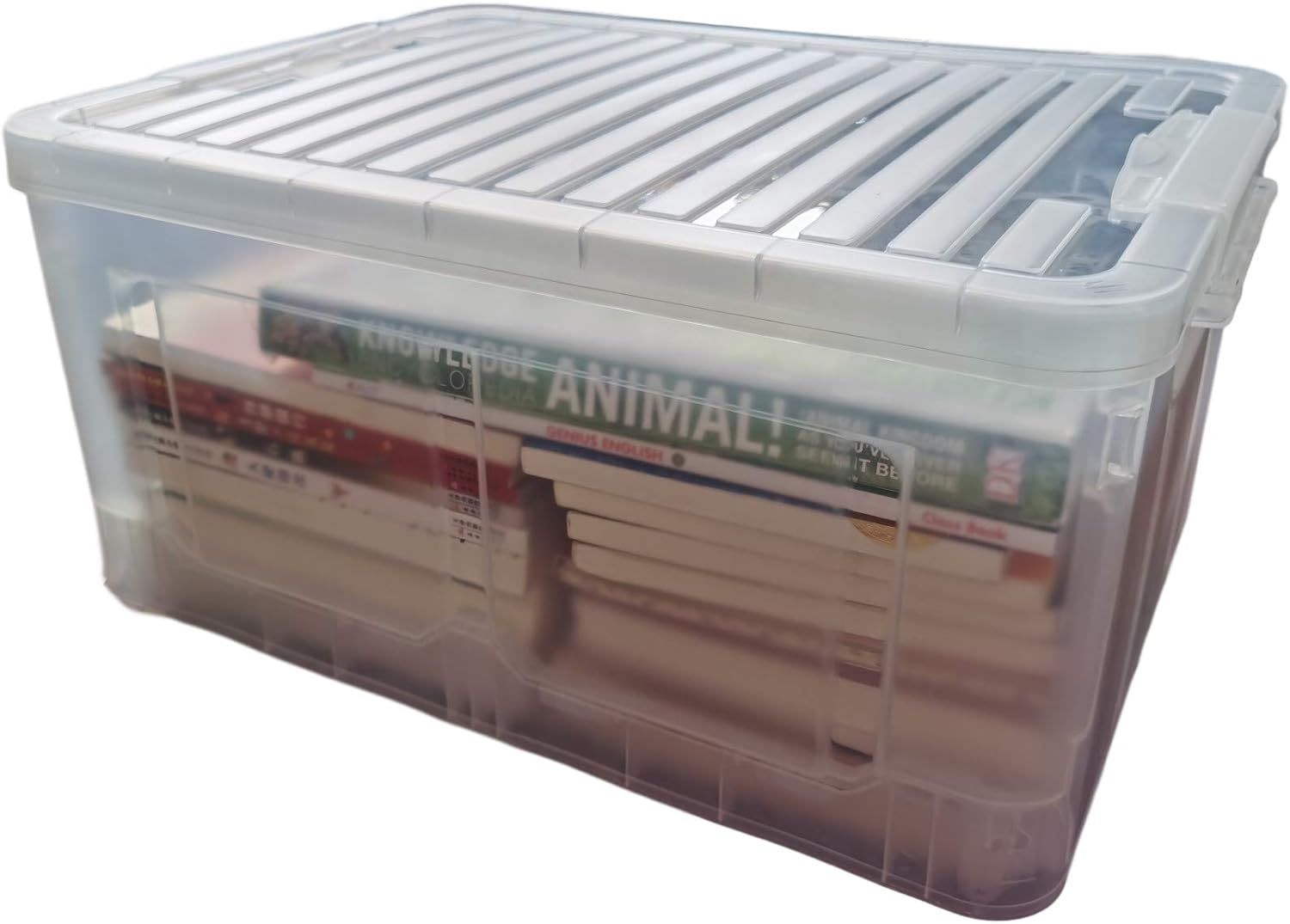
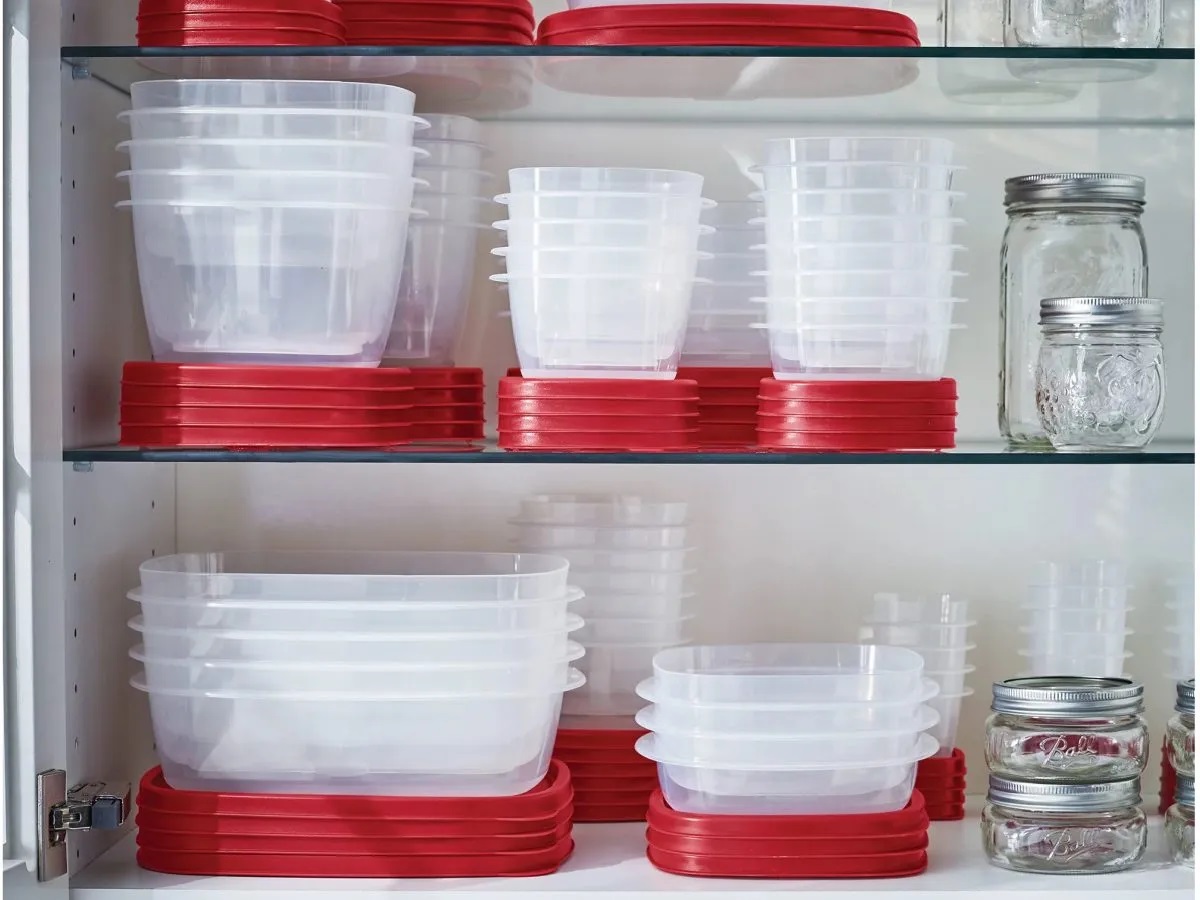
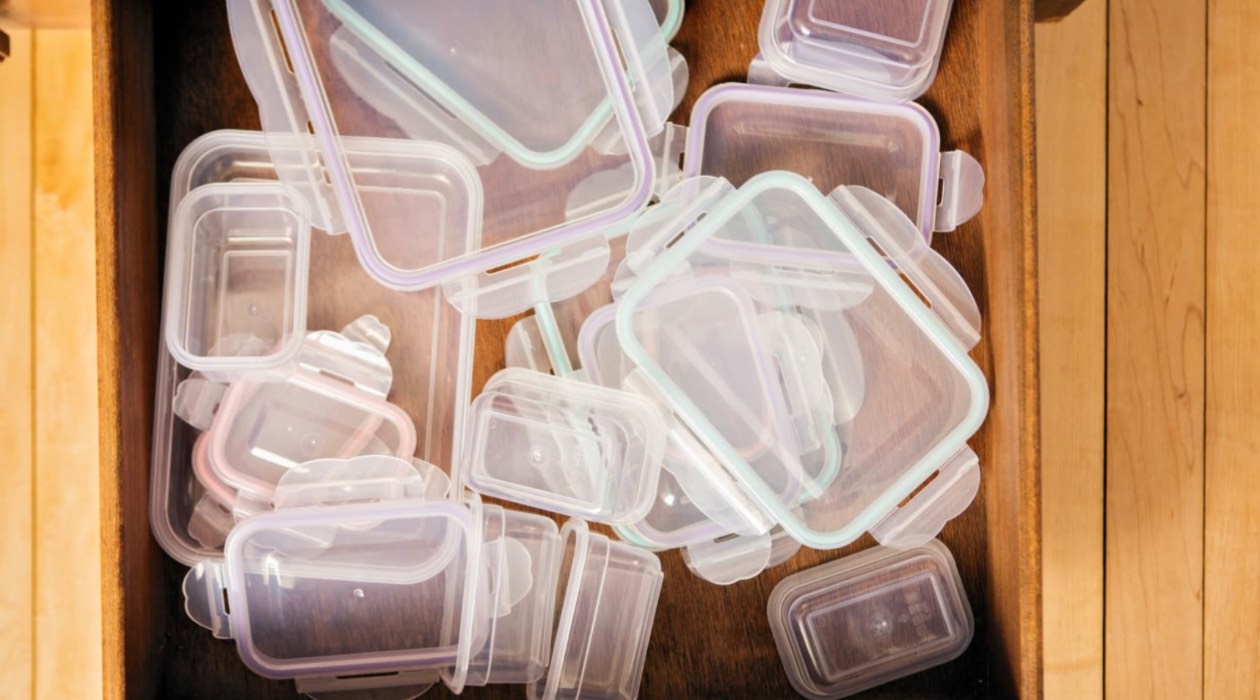
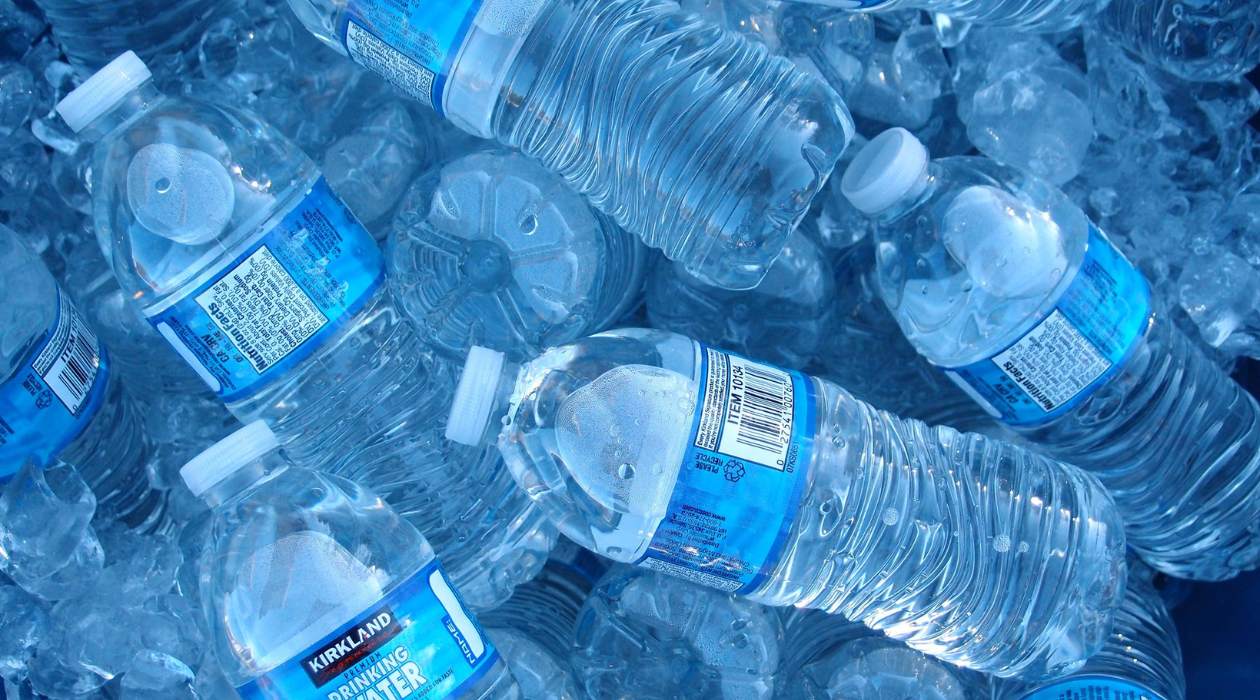
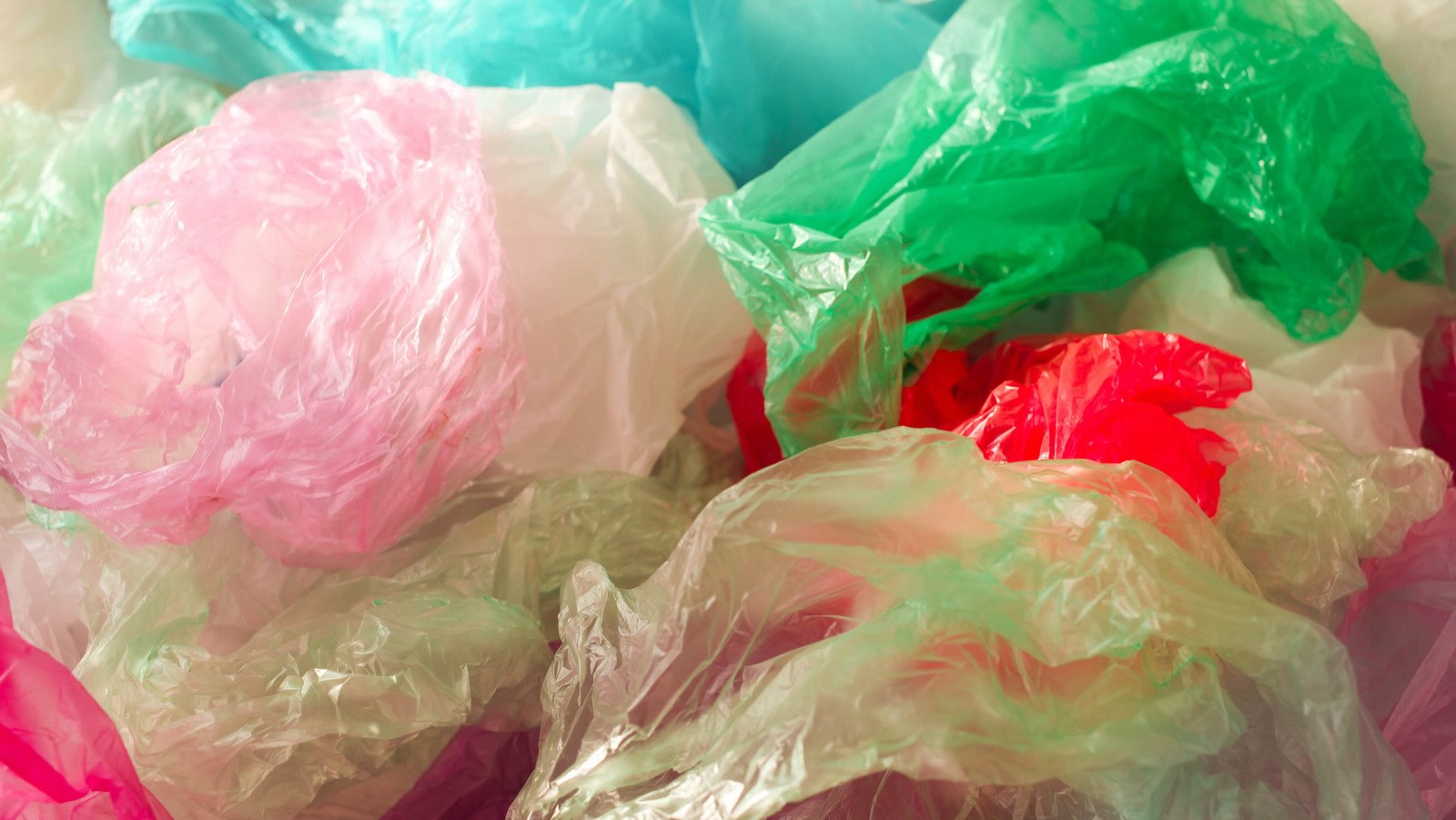
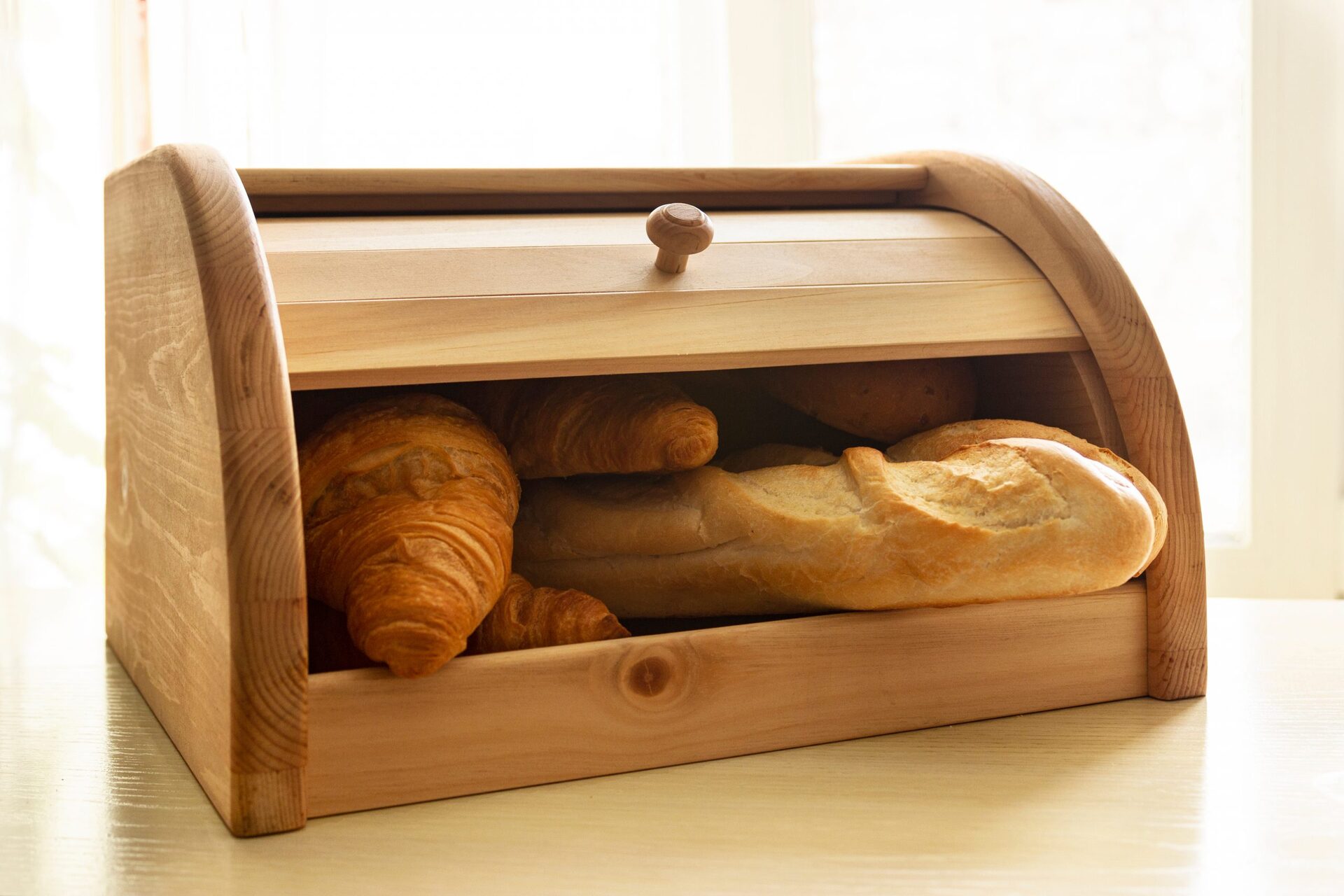
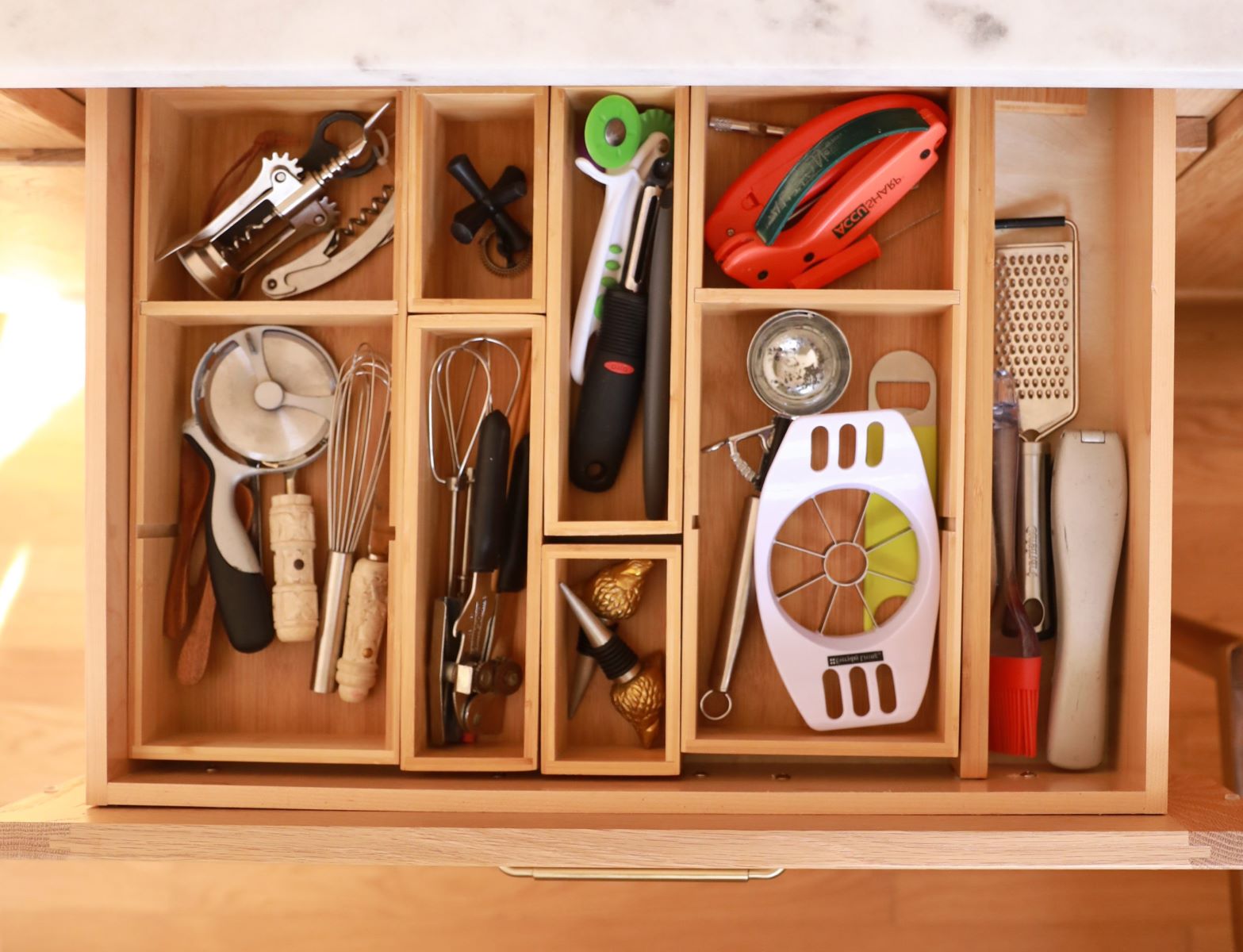
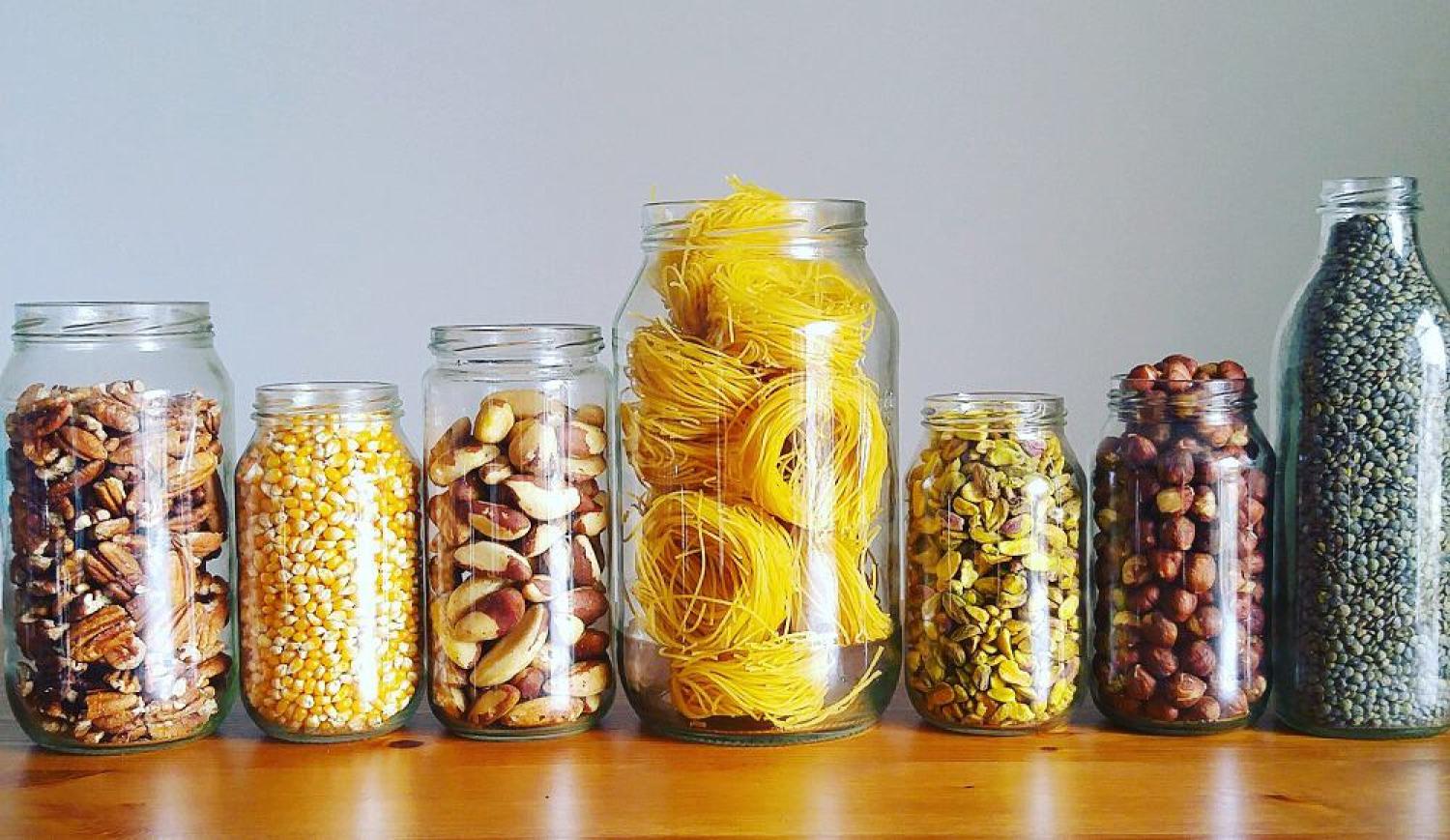
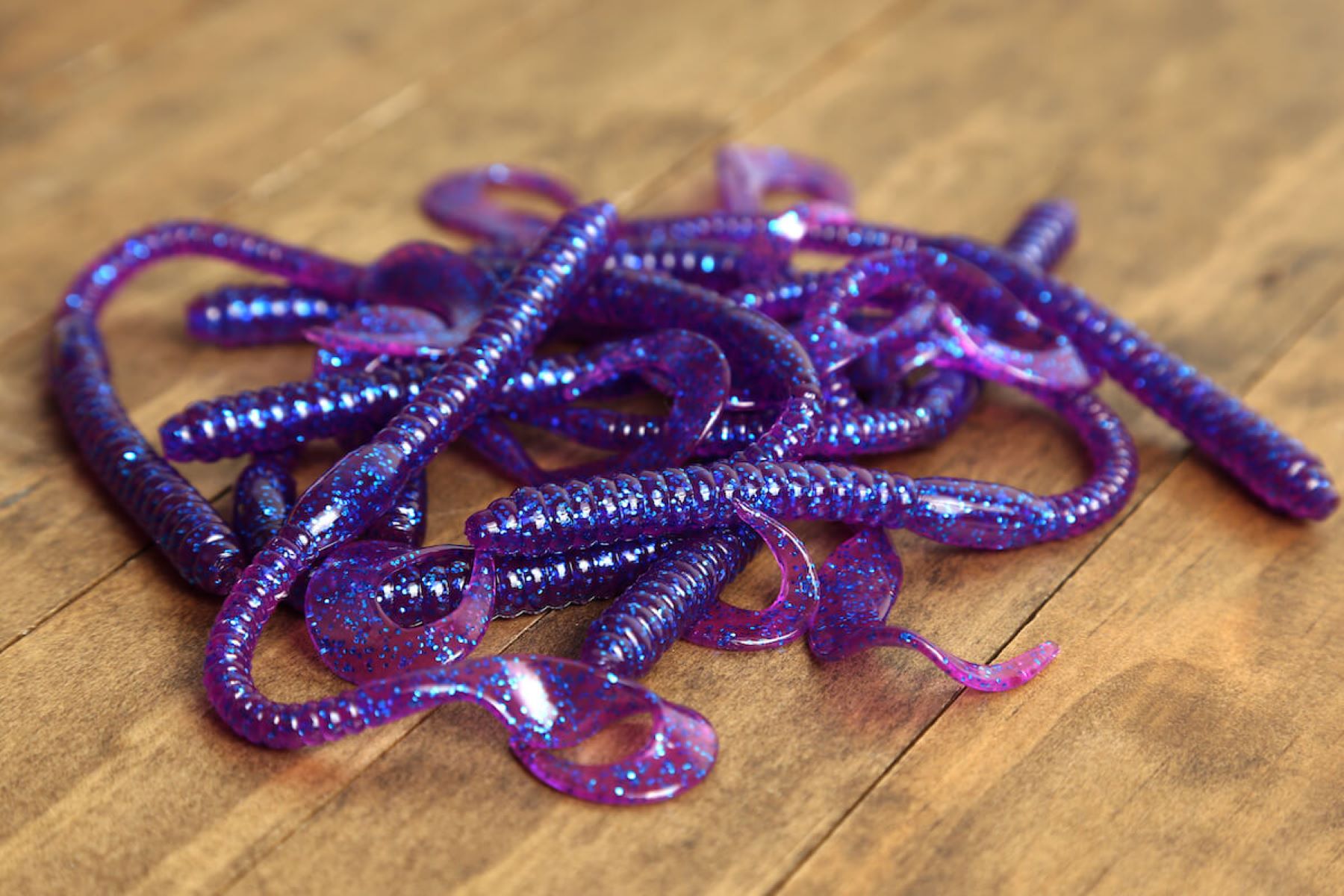
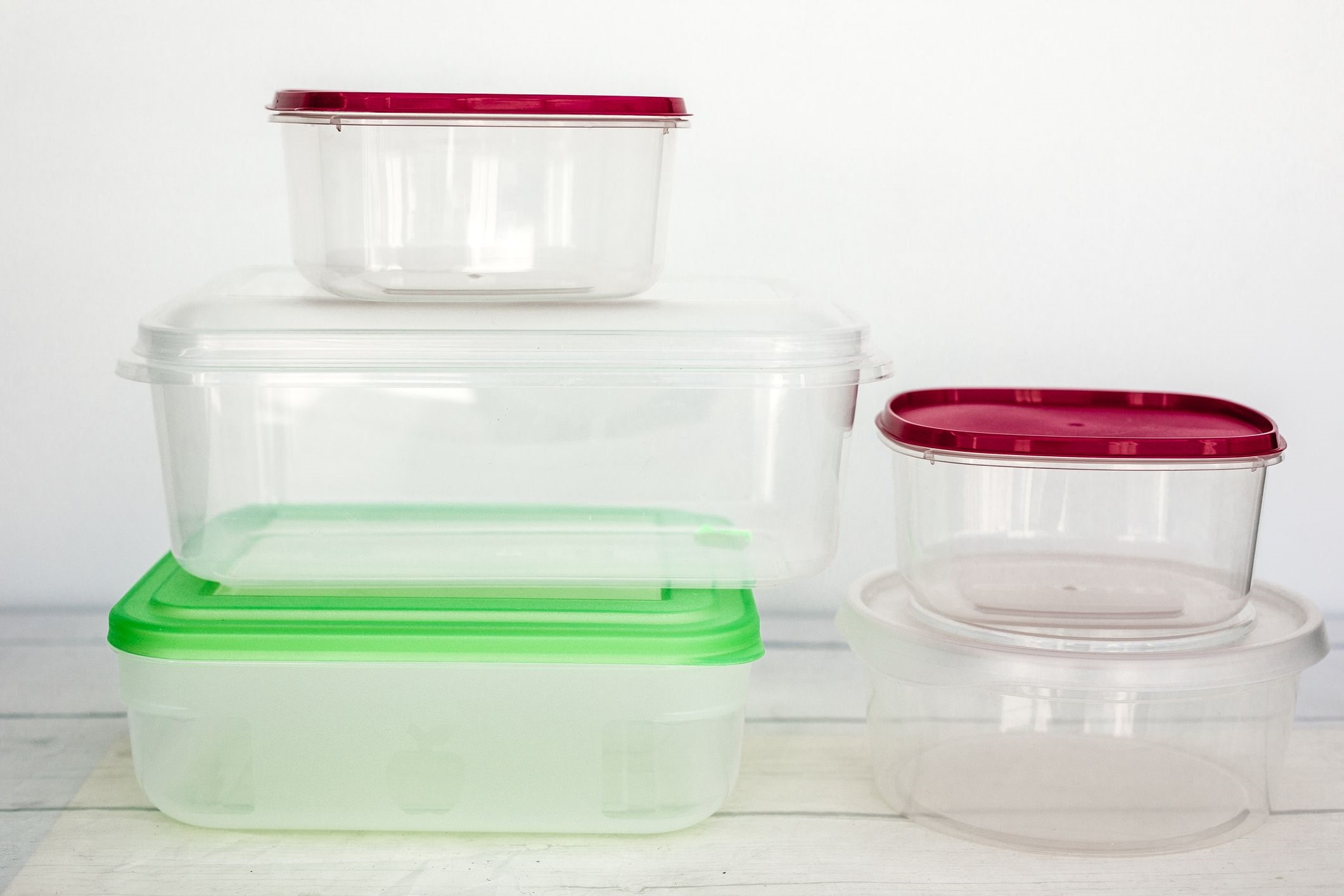
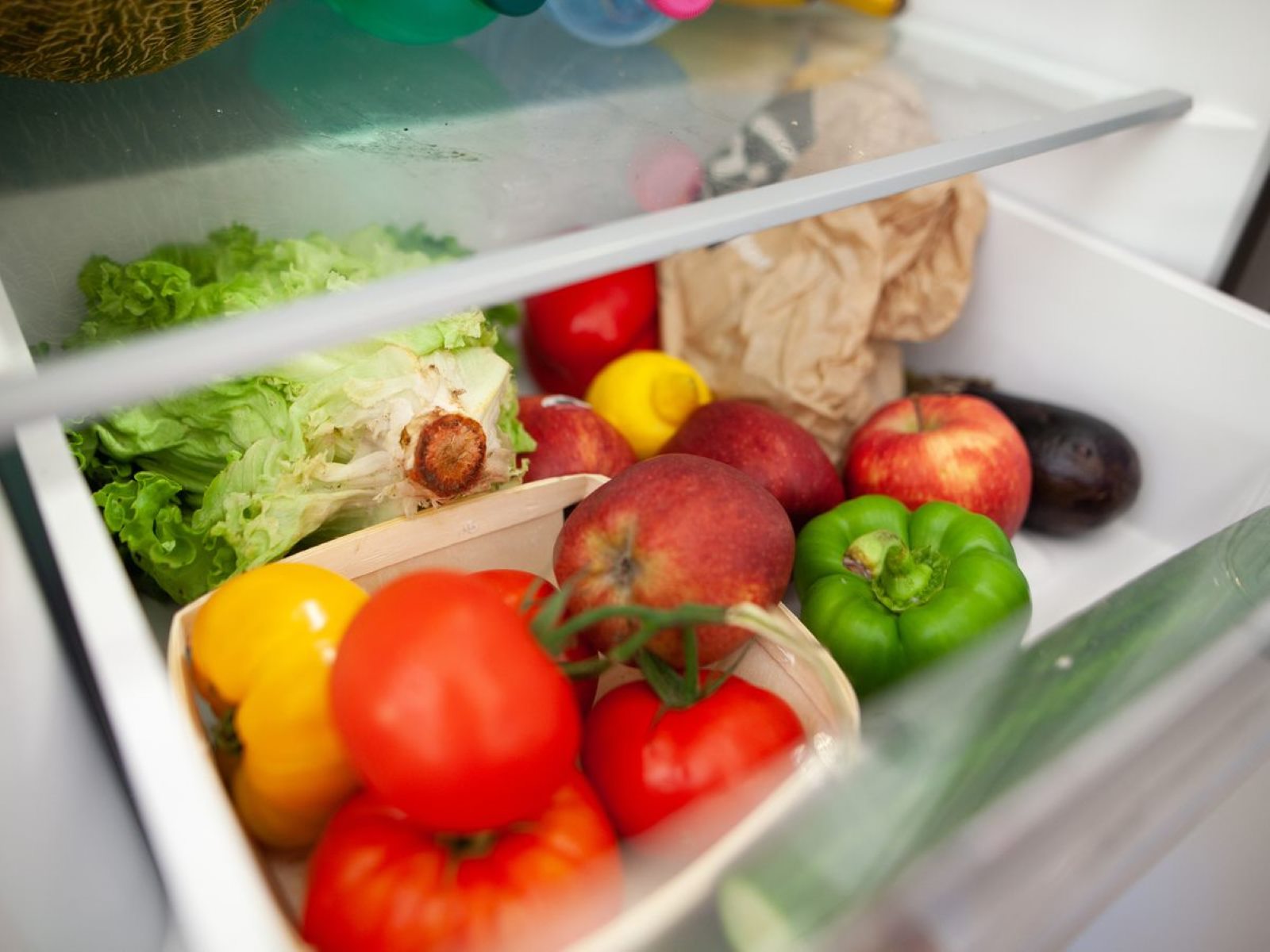
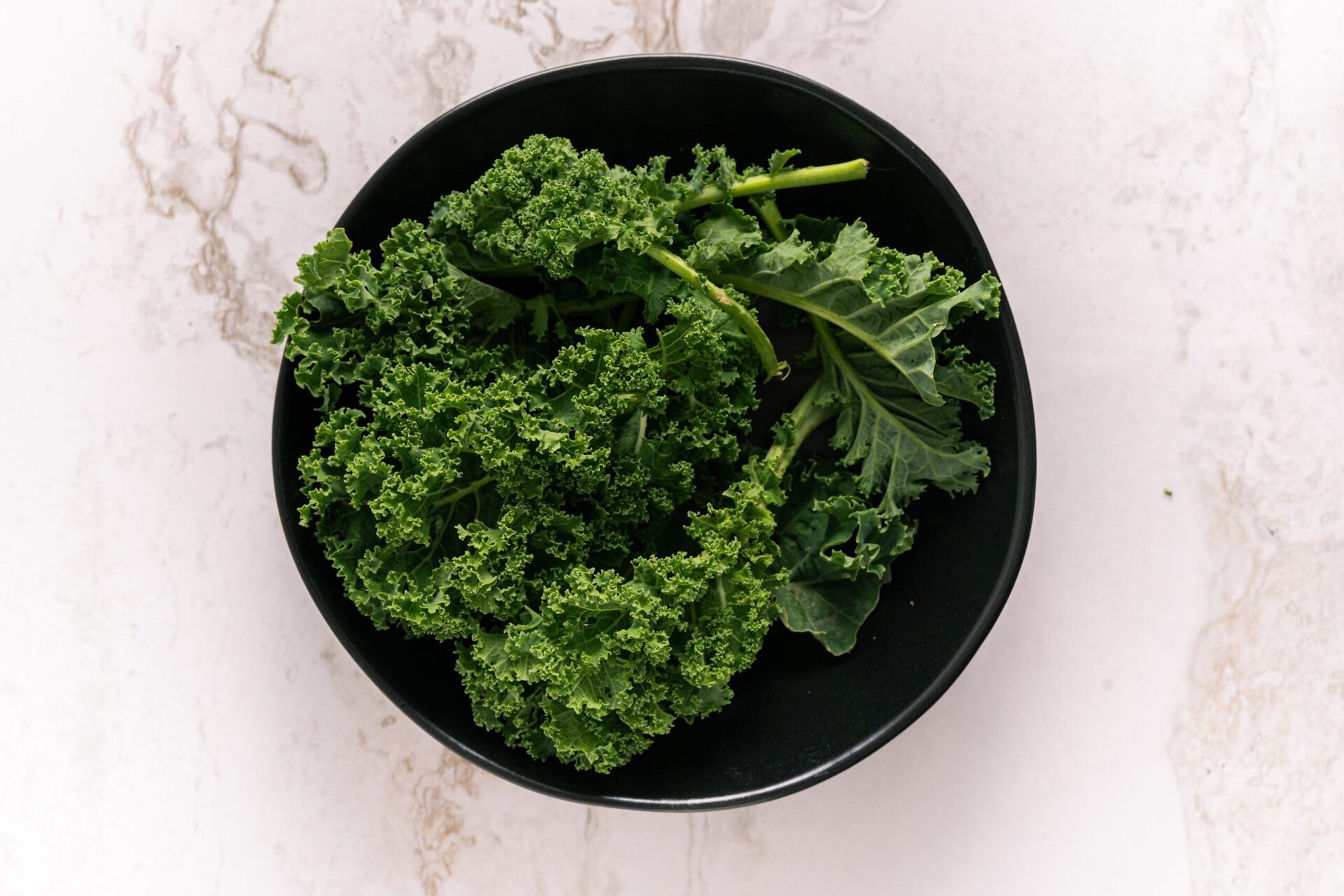
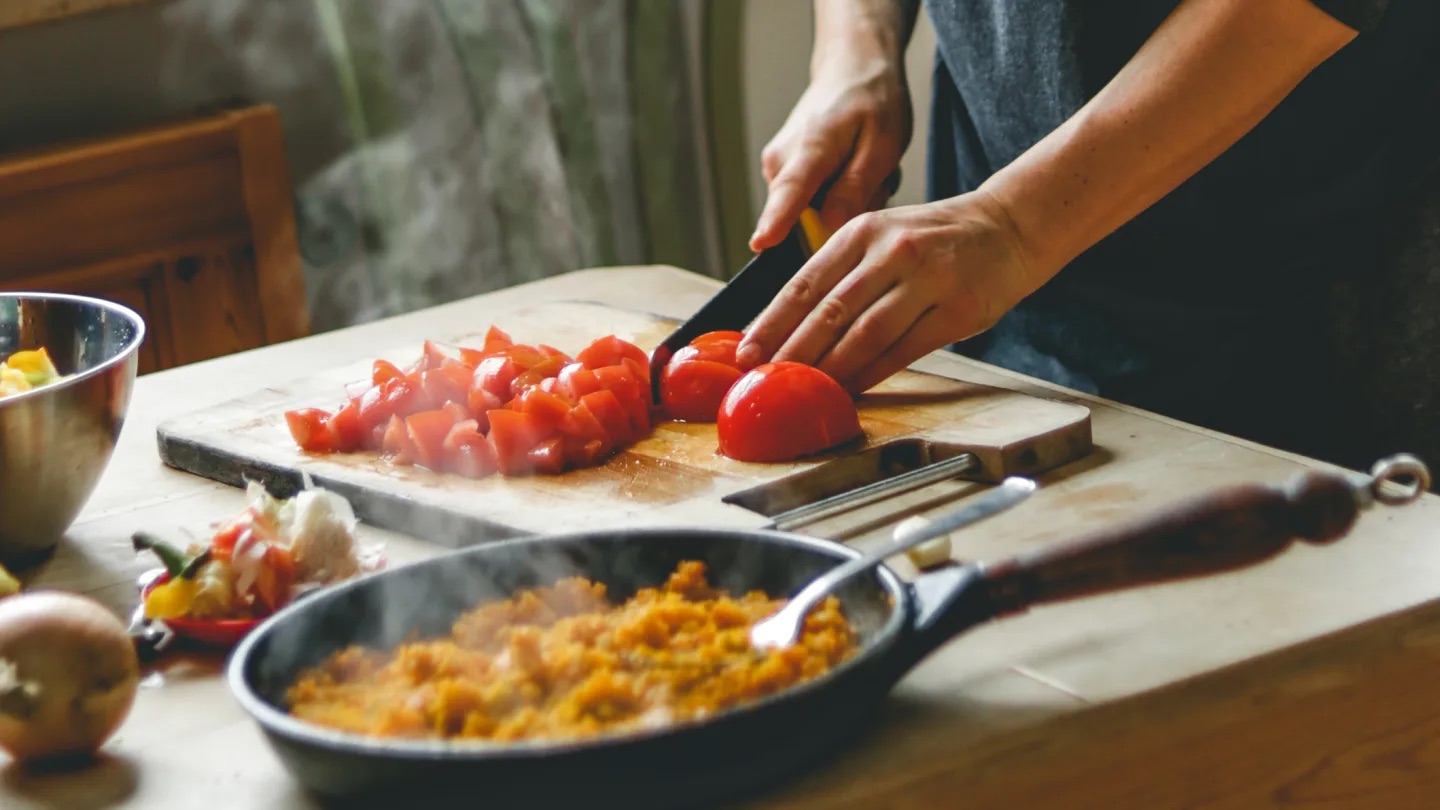

0 thoughts on “How To Store Plastic Utensils”